Irving Penn Biography (1917 - )
American photographer noted for his sophisticated fashion images and incisive portraits.
On our (L3 photography group) day trip to London 20th February 2010, some of us visited the National Portrait Gallery, and the Irving Penn exhibition. Personally, I learnt a lot from looking at his photographs, and had quite a difficulty working out how he had lit some of his images. I know that he used a large bank of lights in his studio for some shots, but I still could not work out how he has lit some of his images, especially the ones where the subject is posed in front of the tall stage flats together to create a narrow corner in which to photograph his subjects. Penn invented this particular backdrop, which became known as the corner.
Once again this photographer started life as a painter, and then progressed to photography, and along the way just happened to pass the time with the likes of Giorgio de Chirico, Le Corbusier, Marcel Duchamp, Martha Graham, Georgia O’Keeffe, Edward Steichen, Jean Cocteau, Joan Miró, Cecil Beaton, Pablo Picasso, Yves Saint Laurent, Susan Sontag, Ingmar Berman, André Kertesz, Richard Avedon, Helmut Newton, basically so many of the many cultural figures it is difficult to work out who he did not photograph. What influence these artists and photographers would have had on each other would have been so wonderful, to live such a rich artistic life. But they all managed to develop the own style, all managed to get published with the art and fashion magazines of the day.
Penn established himself as a fashion photographer and got published in the likes of Vogue, with his own ideas for covers. Penn relied on the manner, attitude and tolerance to represent a subject, and all his images were meticulously set up and photographed to the greatest detail. The subjects must have had a lot of patience to sit there while he set himself up. But this is the skill and importance of the photographer, and the most important part of taking portraits, and being able to judge the sitters personality whilst in front of the camera. I like the bold and contrasting lighting that he uses, but he manages to show every detail in his images. His subjects are placed against a bare backdrop, and the subtlety of this shows also through in his subjects.
I also find it incredible that in his early days he had no control over the images produced, as they were by the magazine. He sometimes did not see his image until it had been published. Did these images match that idea he had in his head when photographing them?
He also travelled quite extensively. He went to Peru in the late Forties for example, where he would employ the same techniques in photographing the local people as he did when in a studio. This allowed him to create and isolate the cultural differences for all to see without any distracting backgrounds. He developed his own portable background, similar to the ones we use today.
Writing about Penn's work for an exhibition at the Museum of Modern Art, the museum's then-Chief Curator of Photography, John Szarkowski wrote, "The grace, wit, and inventiveness of Penn's pattern-making, the lively and surprising elegance of his line, and his sensitivity to the character, the idiosyncratic humours, of light make Penn's pictures, even the slighter ones, a pleasure for our eyes.
What I find most interesting in these images is the consistency. The fact that his technique has been developed from his painting and advertising days is evident, as his technique is so different to his peers. From his portraits, through to his travel portraits and nudes, he has managed to get the personality of his sitter captured. His handling of the backgrounds is very simple and very effective. This is the area that I have concentrated on for this excercise.
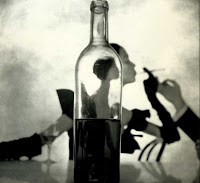 smoking black and white conceptual
smoking black and white conceptual 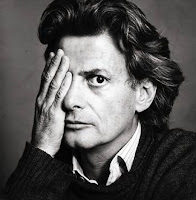 Richard Avedon
Richard Avedon 
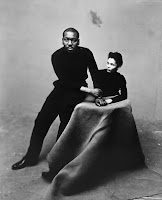 Jacob and Gwen Lawrence
Jacob and Gwen Lawrence 
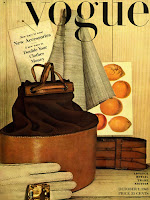 1St cover 1943
1St cover 1943 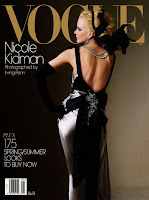 Vogue 54 Nicole Kidman
Vogue 54 Nicole Kidman 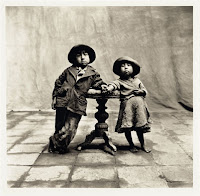 Peruvian disaffected Children
Peruvian disaffected Children 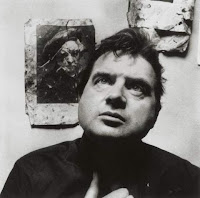 Francis Bacon
Francis Bacon 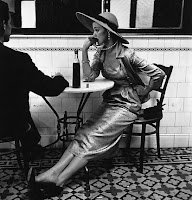 Cafe in Lima (how many times do I see a similar image whilst out)
Cafe in Lima (how many times do I see a similar image whilst out) 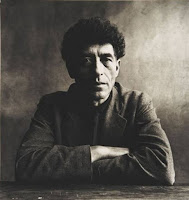 Alberto Giacometti Paris 1950
Alberto Giacometti Paris 1950 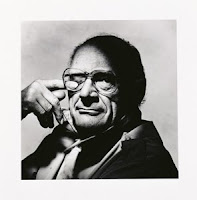 Arthur Miller
Arthur Miller 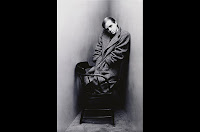 Trumen Capote
Trumen Capote 







Hi
ReplyDeleteGood piece of free writing with references to influences, etc...
steve